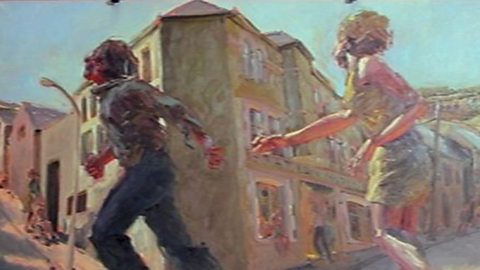KIM HOWELLS: John Elwyn produced landscapes that seemed to me to be as lovely and as accurate an image of Wales as is possible to imagine.
But he painted these living away from Wales?
ROBERT MEYRICK: Yes. All his paintings are based upon his recollections of Wales, sketchbook drawings.
I would often visit him at weekends down in Winchester, leave here on the most miserable wet November evenings, arrive about 9 o'clock, and be surrounded by these paintings in his studio.
And I'd say, that's not the Wales that I know, you should have seen it when I left.He said, oh, there'senough misery and greyness in thisworld without me adding to it!
KIM HOWELLS: This is a fascinating painting - the top half contains, if you like, all of the iconography that we're interested in in Wales.
You've got a school, a chapel, you've got these little houses clustered together.
The whole of the bottom half is this extraordinary field. Did he ever talk about this painting to you?
ROBERT MEYRICK: Yes. He would often paint and see what suggested itself.
And it was about this lovely sort of contrast between all these subtle greys and pinks and pale yellows, and this very vibrant orange and yellow.
KIM HOWELLS: Now here, we've got two church deacons, or something.
I find this a more idealised picture of an imagined Wales than the paintings of the farms and the hillsides.
ROBERT MEYRICK: Well, it is, because actually, he's painting Wales here of the 1920s when he was a child.
And I think it's done with great sincerity.
But it's the attention to detail, you know, whether you had a red strip on the top of the binding of your Bible, or whether you had a gold one.
I think John Elwyn's paintings are instantly identifiable for the way in which he applies paint.
He's a very painterly painter, despite their representation.
You know, they're not entirely about the process of mark-making. But also adventurous in his use of colour.
Presenter Kim Howells says John Elwyn's landscapes are among the most accurate reflections of life in Wales. He and Robert Meyrick of the Aberystwyth School of Art analyse two of Elwyn's paintings - Aberarth and Hymn Critics in this KS3 video.
This clip is from the BBC Two series, Framing Wales.
Teacher Notes
In groups, pupils can study a painting by John Elwyn.
The teacher could stick an A5 colour photocopy of a painting in the middle of an A2 sheet of paper and give students a list of questions to discuss and then jot the answers down around the outside. Questions could focus on what colours the artist used, the subject matter, what's going on in the painting, how it makes them feel, the timescape.
Pupils could make sketches of landscapes in their locality and then create larger paintings using vibrant colours and bolder brushstrokes to reflect the beauty of the landscape.
Pupils could also produce an illustrated gallery guide for a group of KS3 students who are visiting an exhibition of John Elwyn’s work.
This video is relevant for teaching KS3 Art and Design in England, Wales and Northern Ireland and third level in Scotland.
Heinz Koppel. video
A video showing the work of German artist Heinz Koppel, who settled in Merthyr Tydfil in 1944.
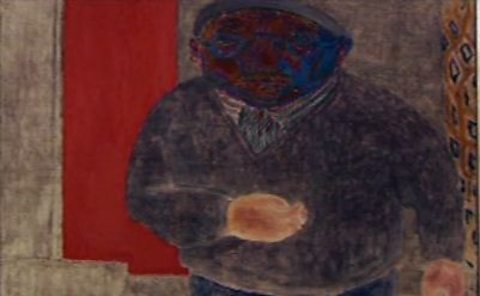
Terry Setch. video
Terry Setch talks to Kim Howells about using items washed up on the beach as a medium for his work.
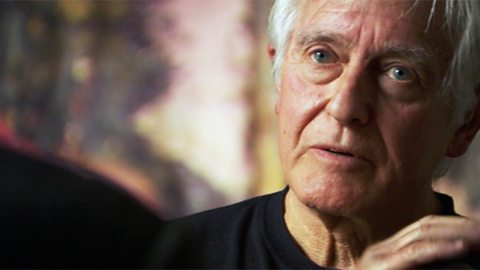
Ernest Zobole. video
The work of Ernest Zobole, a member of the Rhondda Group of artists whose colour palette was similar to European avant-garde artists.

Evan Walters and The Jug. video
Presenter Kim Howells discusses Evan Walters' double-image painting Stout Man with a Jug, painted in the 1930s, with conservation officer Emma Benz Fisher.
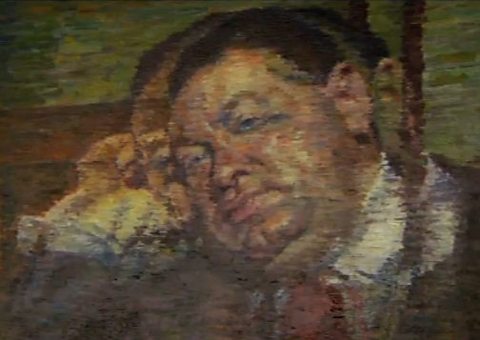
Augustus and Gwen John. video
Tenby-born Augustus John and his sister Gwen had styles that were vastly different - developing their own take on the influence of European art movements.
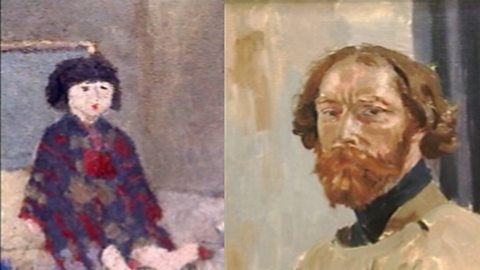
Kevin Sinnott. video
Kevin Sinnott tells Kim Howells that his art reflects the community, life and passions of characters in the valleys and talks about his best known painting, Running Away with the Hairdresser.
